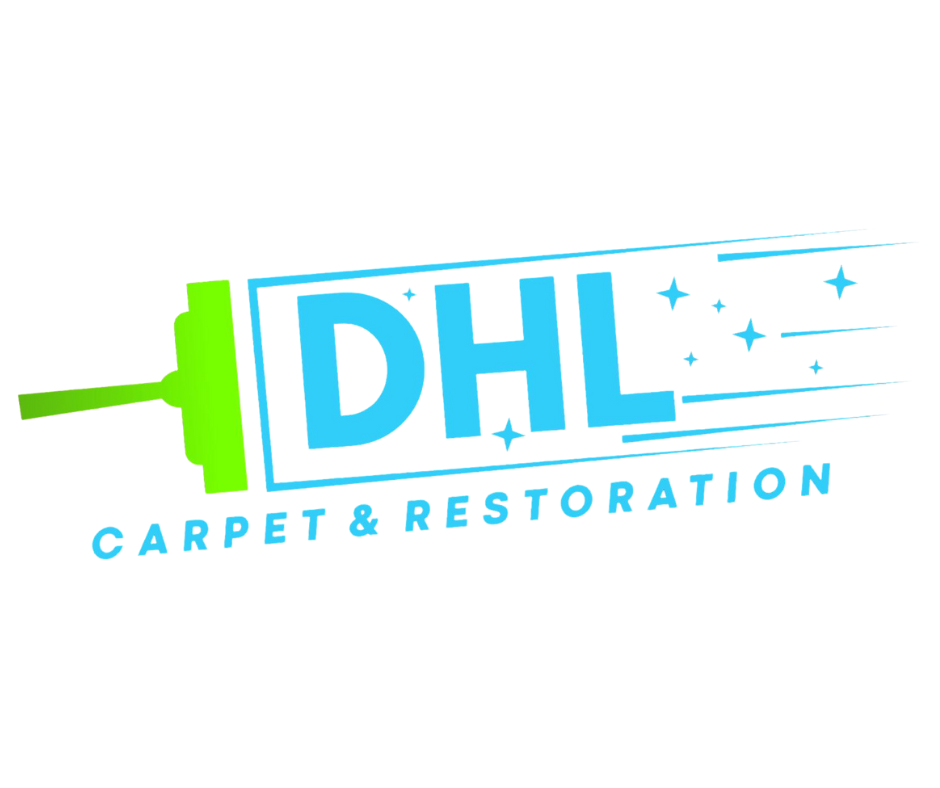Mold can be a sneaky and harmful intruder in any home. From musty odors to visible spots, it’s not always easy to tell how serious the issue might be. That’s why understanding the basics of a mold inspection is so important. In this guide, we’ll dive into what a mold visual inspection is, why it matters, and how it fits into a comprehensive mold inspection process to protect your home and health.
Mold Inspection: The First Step to a Healthier Home
At its core, a mold inspection is a thorough examination of your property to identify any signs of mold growth. Mold can thrive in damp, hidden places — from crawlspaces to behind walls — so catching it early is crucial. A professional mold inspector will look for visible signs of mold, moisture issues, and other red flags that could indicate a problem.
This step is especially important if you’ve noticed unexplained allergies, musty smells, or water damage in your home. The goal is to pinpoint areas of concern before mold can spread further and become a bigger health hazard.
Mold Visual Inspection: A Closer Look
One key part of a mold inspection is the mold visual inspection. This is exactly what it sounds like: a trained professional visually inspects every accessible area of your home for visible mold growth and conditions that could promote it.
During a mold visual inspection, the inspector will:
- Look for visible mold on walls, ceilings, floors, and in hidden corners.
- Check for water stains, peeling paint, or other signs of moisture issues.
- Use flashlights and mirrors to peer into dark or tight spaces.
- Document any suspicious areas for further investigation.
This careful examination doesn’t involve sampling or lab tests, but it’s a crucial step to determine if there’s a need for deeper testing or immediate remediation.
Why a Mold Visual Inspection is Important
A mold visual inspection offers several key benefits:
- Early Detection: It can identify potential issues before they become severe and costly.
- Health Protection: Mold exposure can trigger allergies, asthma, and other health issues. Spotting mold visually is the first defense.
- Peace of Mind: Knowing the state of your home helps you make informed decisions about next steps.
For many homeowners, it’s reassuring to have a professional visually confirm what’s happening behind the scenes. If further testing is needed, such as air or surface sampling, the visual inspection acts as a roadmap for those next steps.
What Happens After a Mold Visual Inspection?
If mold is found during the mold visual inspection, your next step is to consider professional mold remediation. This process involves safely removing mold and addressing the underlying moisture source to prevent it from returning.
Even if no mold is immediately found, the visual inspection might reveal areas of concern—like a leaky pipe or poor ventilation—that could invite mold later. In this case, taking proactive steps such as improving ventilation or fixing leaks can save you money and stress down the road.
Choosing the Right Professional for Your Mold Inspection
Not all mold inspectors are the same. Look for licensed, certified professionals with a track record of thoroughness and honesty. Ask questions about their process and experience — a reputable inspector will be happy to explain how they’ll keep your home safe and healthy.
Conclusion: Protect Your Home with a Mold Visual Inspection
A mold visual inspection is a simple but vital part of keeping your home safe. Whether you’re buying a new house, dealing with past water damage, or just want peace of mind, this step can reveal hidden problems and set you on the path to a healthier space.
Don’t wait for mold to take over — schedule a professional mold inspection today and safeguard your family’s well-being.
READ MORE:

